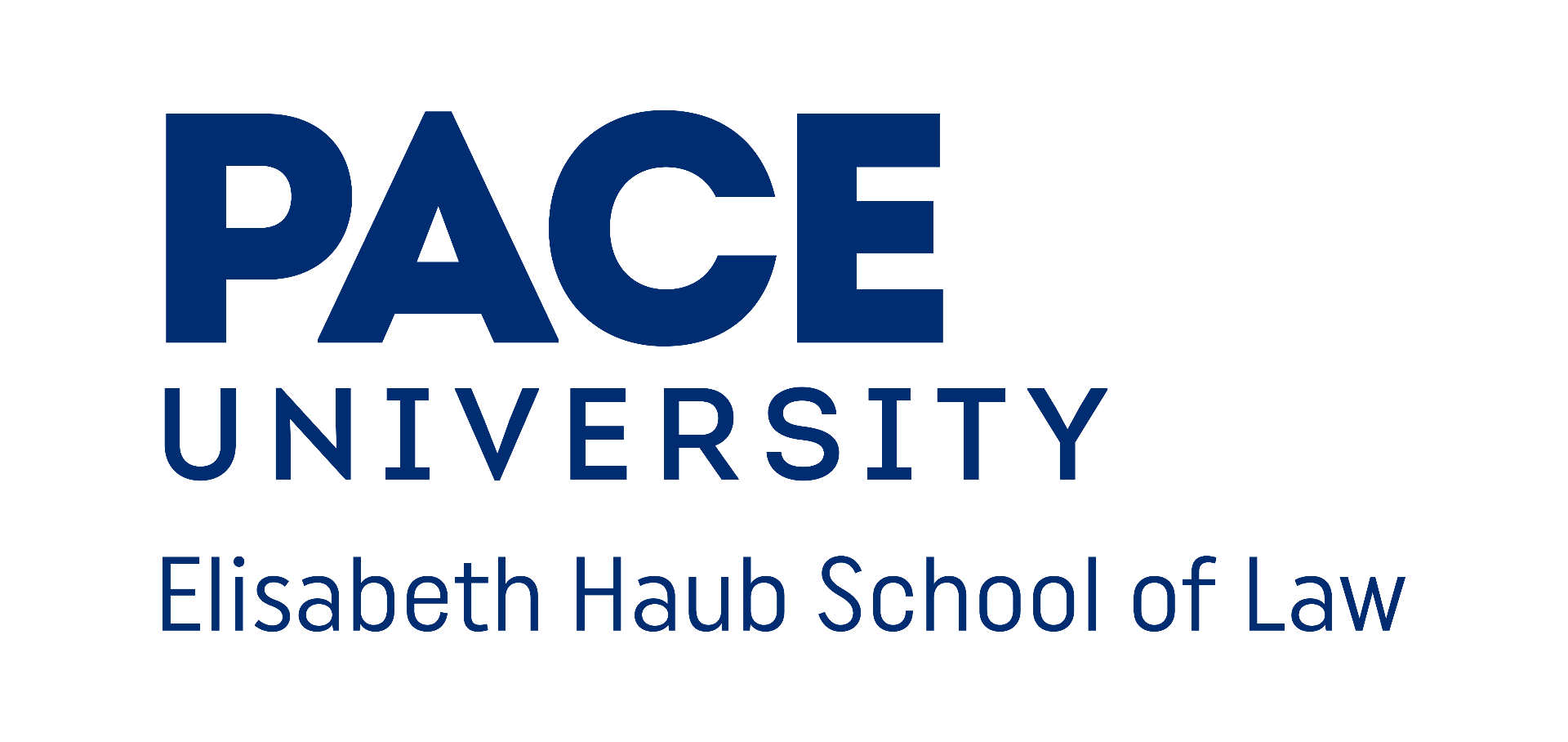Ethical lawyers understand that their primary obligation to their clients is to represent them “zealously,” to help them achieve their goals and advocate on their behalf to the best of their ability. But the so-called duty of zealous advocacy—embodied in Rule 1.3 of the Model Rules of Professional Responsibility[1] is not without limits. Indeed, Comment 1 to Rule 1.3 reminds lawyers that they are “not bound . . . to press every advantage that might be realized for a client.”[2] Instead, lawyers must balance their numerous duties to clients (including the duties of competence, diligence, confidentiality, candor and representation without conflicts of interest) with a sometimes conflicting duty to courts and other “tribunals.”[3]
The Rule 3 series of Model Rules set forth obligations lawyers have when representing a client before a tribunal. Consistent with Rule 1.2, which allows lawyers to choose the best means to achieve a client’s goals, a lawyer should advocate the best outcome for a client, but cannot, among other things, pursue frivolous arguments (Rule 3.1), take actions for the sole purpose of delay (Rule 3.2), lie to a tribunal (Rule 3.3(a)(1)) falsify evidence (Rule 3.3(a)(3), help a witness testify falsely (Rule 3.4(b)), materially alter evidence (Rule 3.4), seek to unlawfully influence judges or jurors (Rule 3.5), or inflame prejudices of jurors with out-of-court statements (Rule 3.6).
However, these duties to courts can sometimes be inconsistent with duties to clients. What happens if a lawyer, for example, knows a client—charged with murder— has testified falsely about his whereabouts on the night the murder was committed? Under Rule 3.3, the lawyer has an obligation not to allow a tribunal to be misled by the false testimony.[4] Comment 2 to the rule explains the policy behind the rule as follows: “although a lawyer in an adversary proceeding is not required to present an impartial exposition of the law or to vouch for the evidence submitted in a cause, the lawyer must not allow the tribunal to be misled by false statements of law or fact or evidence that the lawyer knows to be false.”[5]
Thus, if the lawyer has actual knowledge of the falsity of the testimony, or knowledge can be “inferred from the circumstances”,[6] then the lawyer must take “reasonable remedial measures.” Comment 10 to Rule 3.3 explains that, first, “the advocate’s proper course is to remonstrate with the client confidentially, advise the client of the lawyer’s duty of candor to the tribunal and seek the client’s cooperation with respect to the withdrawal or correction of the false statements or evidence.”[7] If that fails, and “withdrawal from the representation is not permitted or will not undo the effect of the false evidence, the advocate must make such disclosure to the tribunal as is reasonably necessary to remedy the situation, even if doing so requires the lawyer to reveal information that otherwise would be protected by Rule 1.6.”[8]
But, of course, disclosure almost always would entail revealing confidential client information, protected by Rule 1.6. How can lawyers comply with both Rule 1.6 and 3.3 at the same time? The answer is they cannot. Rather, the Rules explicitly mandate that the duty of confidentiality yields to the duty not to mislead the tribunal. Specifically, Rule 3.3(c) states that “[t]he duties [not to mislead a court and to take remedial measures if the lawyer knows that a person has misled a court] … apply even if compliance requires disclosure of information otherwise protected by Rule 1.6.”[9]
Why does the duty to the tribunal supersede the duty of client confidentiality? Comment 11 states the policy behind that outcome:
The disclosure of a client’s false testimony can result in grave consequences to the client, including not only a sense of betrayal but also loss of the case and perhaps a prosecution for perjury. But the alternative is that the lawyer cooperates in deceiving the court, thereby subverting the truth-finding process which the adversary system is designed to implement. See Rule 1.2(d). Furthermore, unless it is clearly understood that the lawyer will act upon the duty to disclose the existence of false evidence, the client can simply reject the lawyer’s advice to reveal the false evidence and insist that the lawyer keep silent. Thus the client could in effect coerce the lawyer into being a party to fraud on the court.[10]
So, the ethical rules explicitly recognize that an advocate has to place the values of truth-telling to courts over the values embodied in the trust and confidential nature of the attorney-client relationship.
This is only one example of an occasion where an advocate has to resolve conflicts between two ethical obligations when representing a client. No doubt there are others. To resolve them, lawyers should first consult the ethical rules of the state to determine whether the rules themselves, along with their comments, provide guidance on how to reconcile the conflict (like Rule 3.3 does). If they do not, then additional research into disciplinary or bar opinions may yield additional clues. Ultimately, all lawyers must remain up to date on all ethical rules, so they are prepared to represent clients competently as well as ethically.
[1] Model R. Prof. Conduct 1.3 (ABA 2022)
[2] Model R. Prof. Conduct 1.3, Cmt. 1. (ABA 2022)
[3] Model R. Prof. Conduct 1.0(m) (ABA 2022)
[4] Model R. Prof. Conduct 3.3(a)(3), Cmt. 2 (ABA 2022)
[5] Model R. Prof. Conduct 3.3, Cmt. 2 (ABA 2022)
[6] Model R. Prof. Conduct 3.3, Cmt. 8 (ABA 2022)
[7] Model R. Prof. Conduct 3.3, Cmt. 10 (ABA 2022)
[8] Model R. Prof. Conduct 3.3, Cmt. 10 (ABA 2022)
[9] Model R. Prof. Conduct 3.3 (ABA 2022)
[10] Model R. Prof. Conduct 3.3, Cmt. 11 (ABA 2022)

Interesting and informative! Thank you!